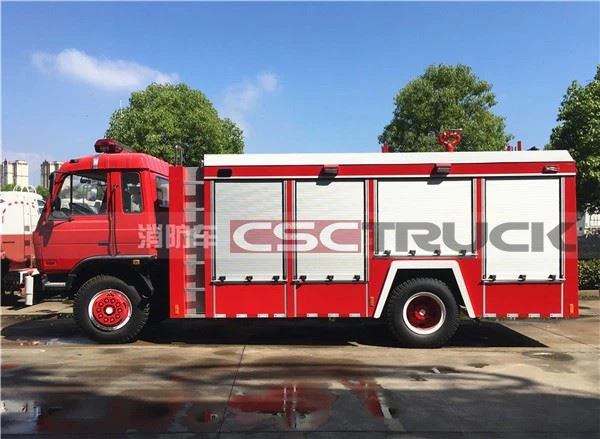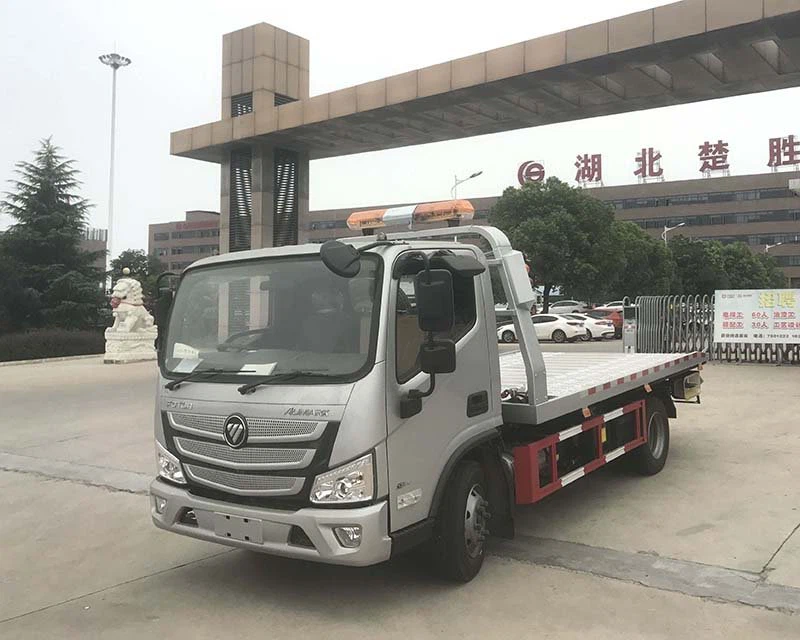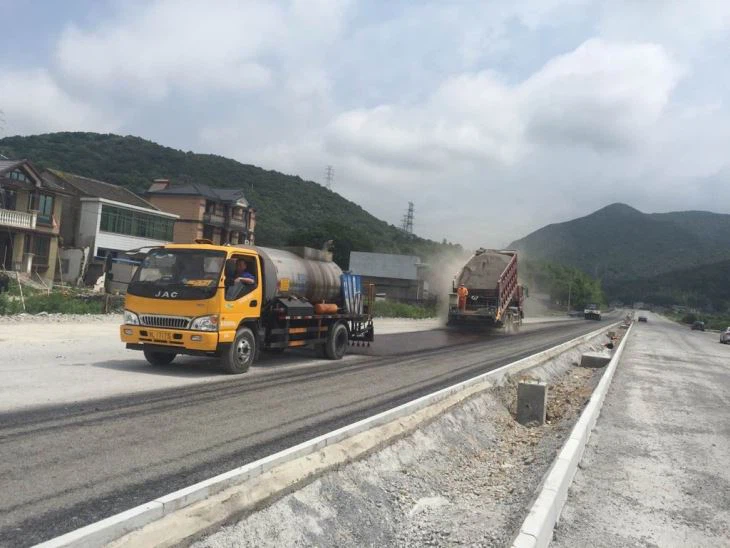How Many Wheels Does a Garbage Truck Have? A Comprehensive Guide

Introduction
Garbage trucks are an essential part of waste management systems in cities and towns across the globe. They aid in keeping our environment clean and hygienic by collecting and transporting waste to landfills or disposal facilities. One common question that arises when discussing garbage trucks is, “How many wheels does a garbage truck have?” Understanding the wheel configuration of these vehicles can shed light on their design, functionality, and operational efficiency. In this article, we will explore the different types of garbage trucks, their wheel setups, and more. By the end of this guide, you will have a well-rounded understanding of this topic.
What are Garbage Trucks?
Garbage trucks, also known as refuse trucks, waste collection vehicles, or trash trucks, are specialized vehicles designed for collecting and transporting waste materials. They come in various shapes and sizes, depending on the type of waste they are intended to handle. The common features of these trucks include a hydraulic system for lifting bins, large storage compartments for waste, and typically a rear or side unloading mechanism.
The Importance of Garbage Trucks
Garbage trucks play a crucial role in maintaining public health. They help prevent the build-up of waste, which can lead to unpleasant odors, pests, and disease. Moreover, garbage trucks are central to recycling efforts, as they often have separate compartments for recyclable materials.
How Many Wheels Do Garbage Trucks Have?
The number of wheels on a garbage truck can vary based on its design and model. Generally, most garbage trucks have either six or eight wheels. However, some specialized models may have more. Let’s delve deeper into the specifics.
Typical Wheel Configurations
| Type of Garbage Truck | Number of Wheels |
|---|---|
| Standard Refuse Truck | 6 wheels |
| Heavy-Duty Garbage Truck | 8 wheels |
| Front Loader | 6 wheels |
| Rear Loader | 6 wheels |
| Side Loader | 6 wheels |
| Vacuum Truck | 6 to 8 wheels |
Factors Affecting Wheel Configuration
Weight Capacity
The number of wheels is often determined by the weight capacity a garbage truck needs to handle. Heavier trucks usually require additional wheels for better weight distribution, stability, and safer operation.
Type of Loading Mechanism
Different loading mechanisms also influence the wheel configuration. For example, side loaders may have different requirements compared to rear loaders in terms of how the weight is transmitted through the chassis.
Types of Garbage Trucks and Their Wheel Count
Standard Refuse Trucks
Standard refuse trucks, typically with a six-wheel design, are the most common type seen in urban areas. They are versatile and capable of handling residential and commercial waste efficiently.
Heavy-Duty Garbage Trucks
Heavy-duty models usually feature eight wheels, providing extra support for larger loads. These trucks are often used for bulk waste collection or in commercial sectors.
Front Loaders

Front loaders, popular in commercial waste collection, generally have six wheels. Their front-loading mechanism allows for speedy pick-ups, making them efficient for businesses with limited space for waste bins.
Side Loaders
Side loaders also typically have six wheels. This design allows waste operators to collect bins from the side of the truck, making it easier to navigate tight spaces.
Rear Loaders
Rear loaders, often used for residential garbage collection, also have a six-wheel configuration. They are known for their efficiency in loading waste from the rear, which allows drivers to stay seated while operating the lift.
Vacuum Trucks
Vacuum trucks can have either six or eight wheels depending on their purpose and the size of the tank. They are used for specialized tasks such as cleaning sewer systems or spills.
Operational Considerations and Safety
Stability and Maneuverability
The number of wheels on a garbage truck impacts its stability and maneuverability. More wheels can provide greater balance, allowing the truck to navigate uneven terrain or tight spaces more effectively.
Maintenance Requirements
More wheels can mean higher maintenance costs. Proper vehicle maintenance ensures that all wheels and parts operate smoothly, reducing the risk of accidents.
Impact on Fuel Efficiency
Wheel configuration can also influence a truck’s fuel efficiency. Heavier trucks with more wheels might consume more fuel, affecting operational costs for waste management companies.

Practical Examples and Tips
Choosing the Right Garbage Truck
When selecting a garbage truck, consider the following factors:
- Type of Waste: Assess the kind of waste you’ll be collecting to determine the appropriate design.
- Route Layout: Analyze the route for any tight turns or obstacles which might affect maneuverability.
- Weight Limitations: Ensure the chosen model can handle the weight of the loads in your area.
Staying Safe During Operations
Drivers of garbage trucks should receive proper training, especially in driving and safety protocols. Always ensure:
- Regular maintenance checks are performed.
- The truck is not overloaded beyond its weight limits.
- All safety gear is worn during operation, especially high-visibility clothing.
Frequently Asked Questions (FAQ)
1. Do all garbage trucks have the same number of wheels?
No, garbage trucks can have six or eight wheels, depending on their design and purpose.
2. Why do some garbage trucks have eight wheels?
Eight-wheeled garbage trucks are usually heavy-duty models designed to carry larger loads, providing better weight distribution and stability.
3. What is the difference between a front loader and a rear loader garbage truck?
A front loader collects waste from the front of the truck, while a rear loader picks up waste from the rear.
4. How often should garbage trucks undergo maintenance?
Garbage trucks should have regular maintenance checks, ideally every few thousand miles or according to the manufacturer’s specifications.

5. Are there electric garbage trucks available?
Yes, the development of electric garbage trucks is on the rise, with many municipalities exploring options for environmentally friendly waste collection.
6. How can I find out more about local waste collection services?
For detailed information, check your local government’s website or contact your municipal waste management department.
